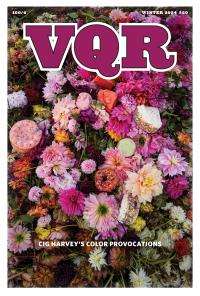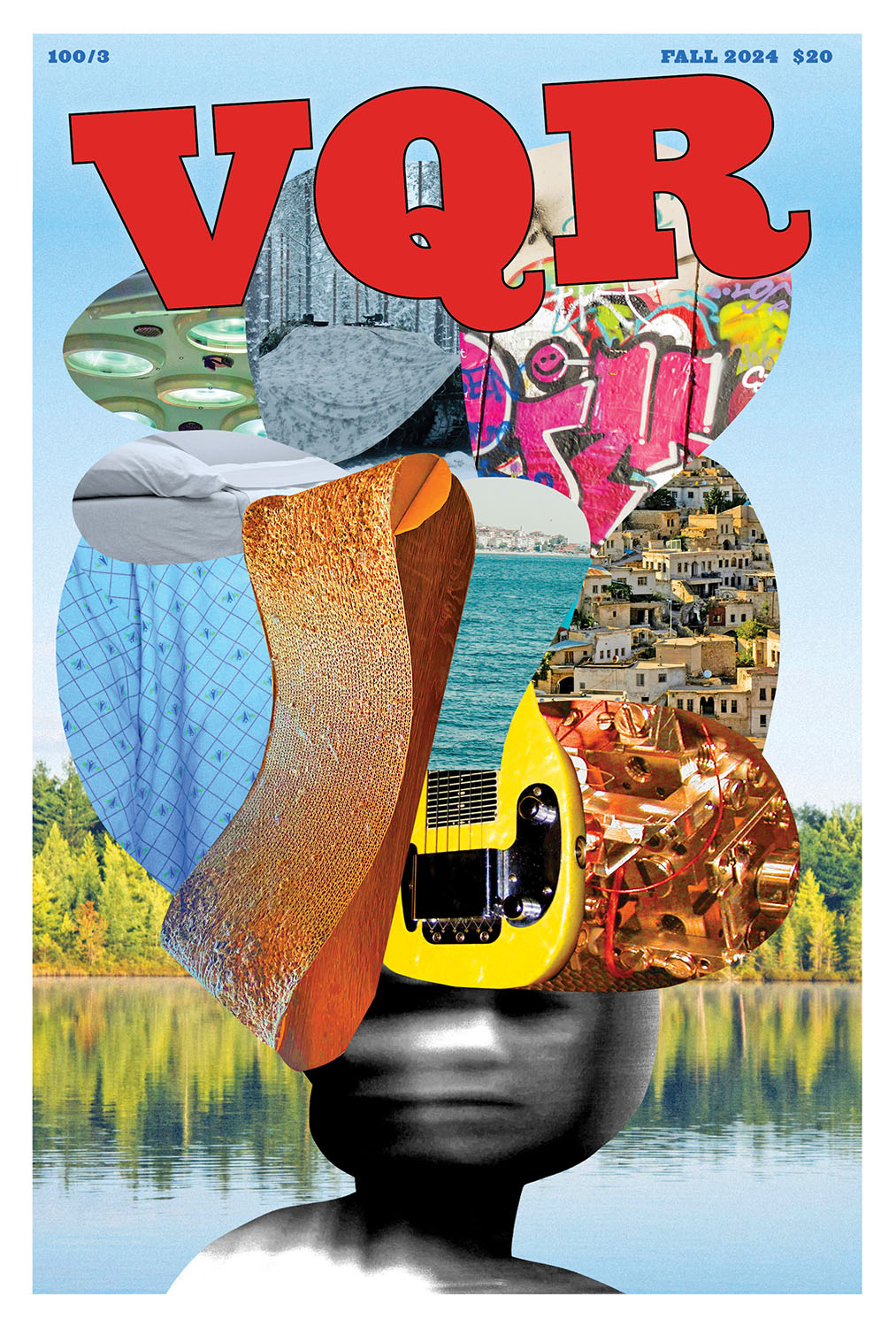Paul Reyes is VQR’s Editor and is the author of Exiles in Eden: Life Among the Ruins of Florida’s Great Recession. He has published several articles in VQR, including “Opportunity Knocks,” his essay about the Miami organization Take Back the Land, which was a finalist for a Harry Chapin...

